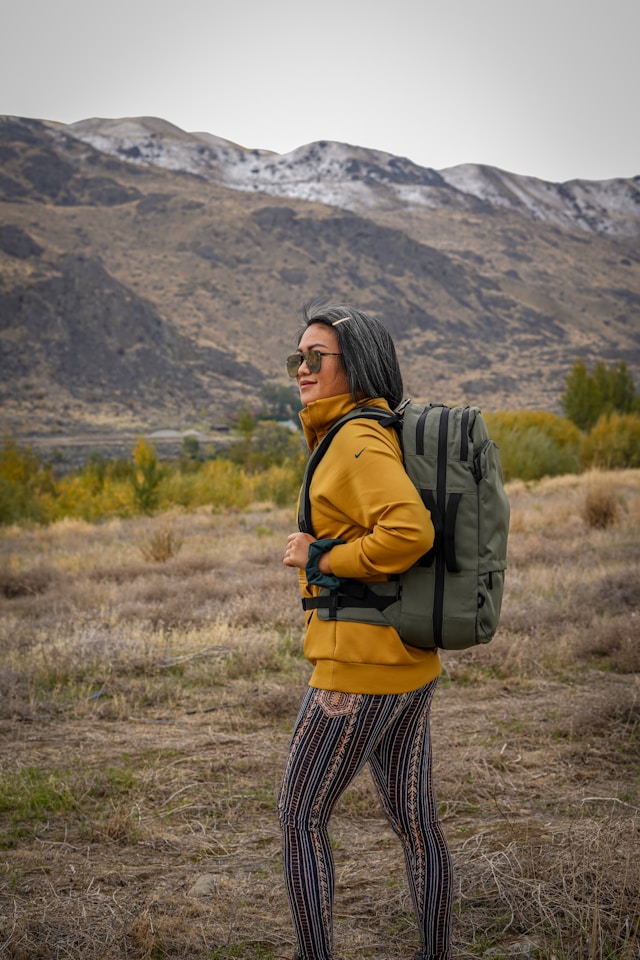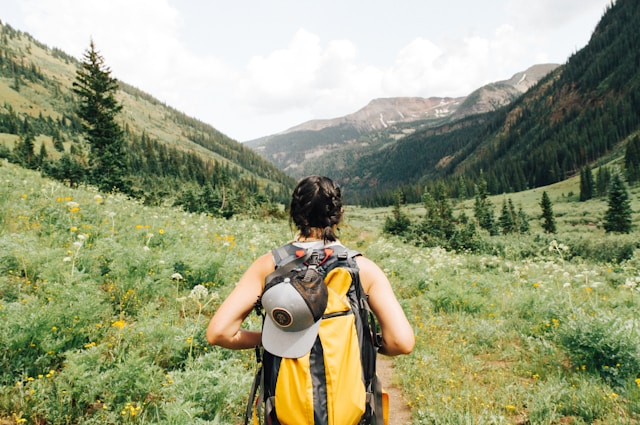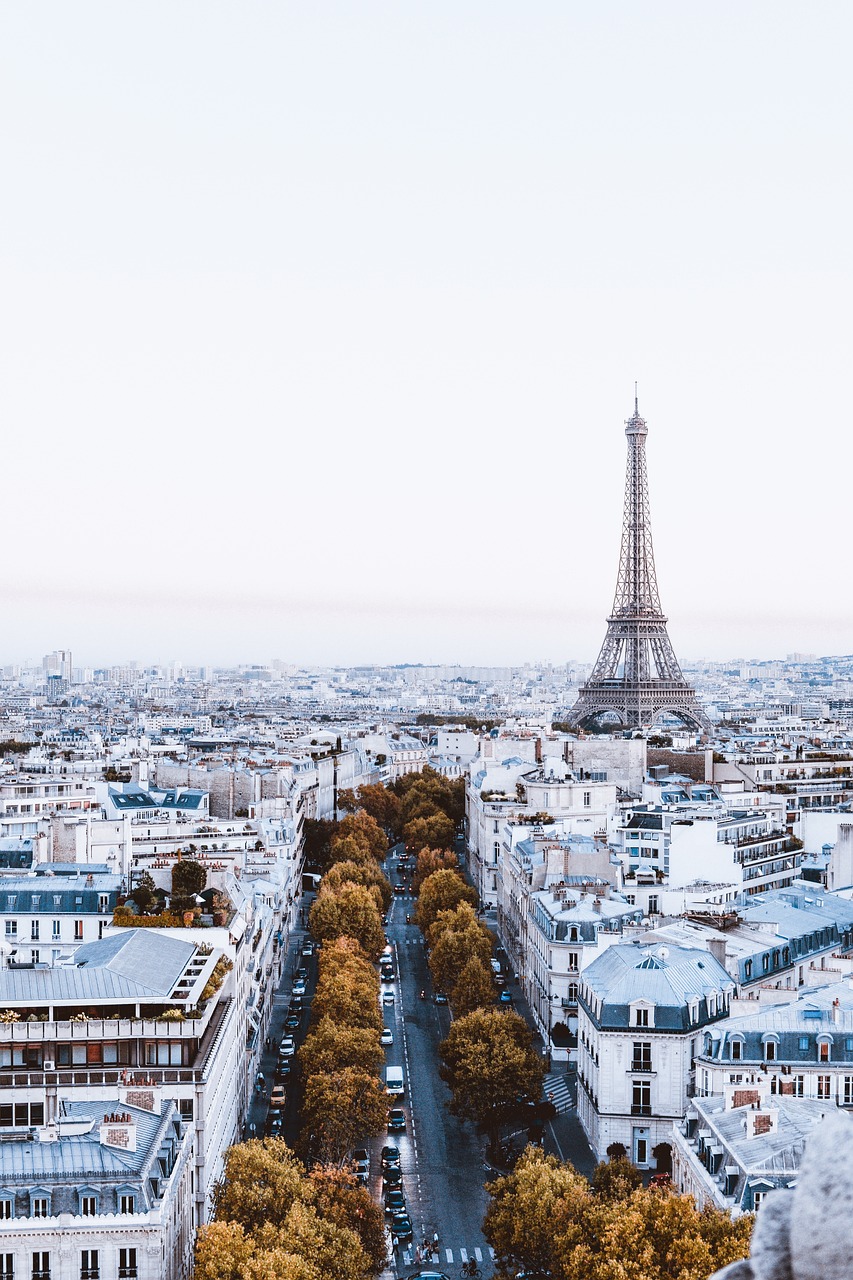Embarking on a journey doesn’t have to deplete your savings. This guide delves into the essentials of budget-friendly travel, offering you a variety of strategies, tips, and practical advice to explore the world economically.
Whether you’re planning a getaway to tropical beaches, vibrant cities, or tranquil rural settings, you’ll discover how to stretch your dollars further while enjoying a rich, fulfilling travel experience.
Read on to learn how to master the art of traveling on a budget, ensuring your adventures are both affordable and memorable.
A. Choose Budget-Friendly Destinations
Choosing where to travel can have the biggest impact on your overall budget. Opting for budget-friendly destinations allows you to explore the world without draining your bank account. Here are some excellent, affordable destinations, along with practical examples of how to enjoy them on a budget.

1. Southeast Asia: Vietnam, Cambodia, and Laos
Southeast Asia is renowned for its affordability, vibrant cultures, stunning landscapes, and friendly locals. In countries like Vietnam, Cambodia, and Laos, your money stretches far, making them perfect for budget travelers.
- Vietnam: You can explore bustling markets, serene rice paddies, and dynamic cities like Ho Chi Minh City and Hanoi. A bowl of pho or a plate of banh mi typically costs less than $2, and you can find comfortable hostel accommodations starting at $5 to $10 per night. Transportation within cities like buses and motorbike taxis is also incredibly cheap, often not exceeding $1 for a short trip.
- Cambodia: Known for the majestic Angkor Wat, Cambodia offers a rich historical experience. Entrance fees to major sites like Angkor Wat are around $37 for a day pass, which is a significant expense but worth it for a once-in-a-lifetime experience. Elsewhere, costs remain low, with street food meals averaging $1-$3 and budget hotel rooms at around $10-$20 per night.
- Laos: Laos is perfect for nature lovers and those seeking tranquility. The cost of living is low, and you can find guesthouses for as little as $5-$15 per night. Street food and local meals cost a few dollars, and natural attractions often have very low entrance fees. For example, the fee to enter the Kuang Si Falls, a stunning tiered waterfall, is about $2.50.
2. Eastern Europe: Bulgaria, Romania, and Ukraine
Eastern Europe offers the charm of European travel without the steep prices of western counterparts.
- Bulgaria: In Sofia, and even in the coastal town of Varna, you can enjoy a filling meal at a local restaurant for under $5. Accommodations in hostels can range from $10-$15 per night. Public transportation costs less than a dollar for a single journey ticket, making it easy to explore extensively without spending much.
- Romania: Home to medieval towns like Brasov and the vibrant capital, Bucharest, Romania combines history with natural beauty. Here, you can rent a room in a pension (inn) for around $20-$30 per night. Local meals at a “carciuma” (tavern) will typically cost $4-$7. Romania also offers numerous free walking tours, particularly in Transylvania, that can enrich your understanding of local history and culture.
- Ukraine: Before the current geopolitical issues, cities like Lviv and Kyiv were favorites among budget travelers. Assuming travel advisories allow in the future, these cities offer incredible value. A meal in a local eatery could cost around $3-$5, and cultural experiences like opera or ballet performances offer tickets as low as $2-$10, depending on the seat.
3. Central America: Nicaragua and Guatemala
Central America is another region where your dollars can go a long way, with Nicaragua and Guatemala standing out for budget travelers.
- Nicaragua: Often less traveled compared to Costa Rica, Nicaragua offers stunning volcanoes, lakes, and colonial architecture at a fraction of the cost. You can find budget accommodations for around $10-$15 per night. Activities like volcano boarding in Leon can be the highlight of your trip, costing about $30 for a day trip, including transportation and equipment.
- Guatemala: Famous for its volcanoes, ancient Mayan ruins, and colorful markets, Guatemala lets you experience vibrant culture and history on a budget. You can explore the markets of Chichicastenango, hike up to Pacaya Volcano for about $10, or even visit Tikal National Park, where entrance fees are around $20.
B. Cheap Travel Hacks
One of the best cheap travel hacks is to travel during the off-peak season. Flights and accommodations are significantly cheaper, and you’ll avoid the crowds. Additionally, consider alternative modes of transportation such as buses and trains, which can be substantially cheaper than flying. Websites like Rome2Rio can help you compare travel costs and choose the most cost-effective route.
Another hack is to use travel credit cards that offer rewards like free miles or points that can be redeemed for flights, hotels, or upgrades. This is a money-saving travel strategy that frequent travelers swear by. Just make sure to pay off your balances to avoid interest charges.
C. Low-Cost Vacation Ideas
If you’re looking for low-cost vacation ideas, consider camping or volunteering. Camping can drastically reduce your lodging costs and immerse you in nature. National parks offer campsites with basic amenities for a fraction of the cost of hotels.
Volunteering, on the other hand, can sometimes include free lodging and food in exchange for work. Programs like WWOOF (Worldwide Opportunities on Organic Farms) allow you to work on organic farms in exchange for food and accommodation, providing a unique and rewarding way to travel.
D. Money-Saving Travel Strategies
Planning is key when it comes to saving money. Booking flights and accommodations in advance can save you a substantial amount, especially if you use price comparison websites like Skyscanner or Kayak. These sites allow you to view the cheapest days to fly, helping you make cost-effective decisions.
Another effective money-saving travel strategy involves packing smart. Avoid checked baggage fees by fitting your belongings into a carry-on and make sure to bring all necessary items to avoid expensive purchases on the road.
E. Thrifty Travel Advice
When it comes to food, eating like a local not only enriches your cultural experience but also saves you money. Street food can offer delicious and authentic local flavors for a fraction of the price of restaurant meals. In places like Mexico City or Bangkok, you can enjoy world-class street food for just a few dollars.
Also, look for free tourist attractions. Many cities offer no-cost museums, historical sites, and natural parks. Walking tours are also a great way to see the sights without spending much. Websites like FreeTour offer free walking tours in various cities around the world.
F. Budget Travel Essentials
Equipping yourself with the right travel essentials can dramatically enhance your travel experience while helping you stay within your budget. Here are some crucial budget travel essentials that every economical traveler should consider, along with practical examples to illustrate their importance.
1. Durable and Lightweight Backpack
A durable and lightweight backpack is a cornerstone of budget travel. Choosing the right backpack can help you avoid check-in fees by fitting all your essentials into a carry-on and prevent the need for costly replacements.
- Example: Opt for a backpack that is versatile enough for hiking and urban travel, with a capacity of around 40 liters. This size typically fits airline carry-on requirements and has enough space for all your travel essentials. Brands like Osprey and Deuter offer models that are comfortable, durable, and within a price range of $100-$200, which can seem steep initially but is cost-effective in the long run due to their durability and multifunctionality.
2. Travel Insurance
Travel insurance is a must-have, especially when traveling on a budget. It protects you from unexpected expenses such as medical emergencies, trip cancellations, and lost luggage.
- Example: For a three-week trip to Southeast Asia, a comprehensive travel insurance policy might cost around $50-$70. This policy could cover medical expenses up to $100,000 and include benefits like trip interruption and gear loss, potentially saving you thousands in unforeseen expenses. Websites like Squaremouth and InsureMyTrip allow you to compare different policies and choose one that fits your needs and budget.
3. Multi-use Clothing and Gear
Investing in multi-use clothing and gear can reduce the amount you need to pack and save you money on baggage fees. Clothing that can be layered or used in multiple climates and settings is particularly valuable.
- Example: A lightweight, waterproof jacket is ideal for various climates and can double as a windbreaker. Convertible cargo pants that zip off into shorts are perfect for changing weather and activities. Brands like Columbia and North Face offer such items, which, while initially more expensive, are made from high-quality materials that withstand different environmental conditions and frequent use.
4. Reusable Water Bottle with Filter
A reusable water bottle with a built-in filter is not only eco-friendly but also a money-saver. It allows you to safely refill from taps and natural sources instead of buying bottled water, which can add up in cost.
- Example: The LifeStraw or Grayl Ultralight water bottle costs between $30 and $70 and can filter pathogens and pollutants, making water from virtually any source safe to drink. This is particularly useful in regions where bottled water is the primary safe drinking option, potentially saving you $2-$5 per day.
5. Portable Charger and Universal Adapter
A reliable portable charger and a universal travel adapter are essential for keeping your devices powered up during long travel days, especially when outlets are scarce or incompatible with your device chargers.
- Example: An Anker PowerCore 10000 portable charger, which costs around $30, can charge a smartphone up to three times on a single charge. A universal travel adapter, which can cost about $20, provides compatibility with sockets worldwide, ensuring you can charge your devices in nearly any country.
6. Digital Resources and Apps
Leveraging digital resources and apps can save you both money and space. Maps, translation apps, and travel guides on your smartphone can replace physical books and maps.
- Example: Apps like Google Maps for navigation, Duolingo for basic language learning, and Trail Wallet for budget tracking are free and incredibly useful. Instead of purchasing physical travel guides, you can download digital versions or use apps like TripAdvisor and Lonely Planet’s mobile guides.
To wrap it up, becoming a frugal traveler doesn’t mean you have to miss out on the fun parts of traveling. It’s about making smart choices that align with your budget constraints. Always keep an eye out for deals, be flexible with your travel dates and destinations, and never underestimate the value of local advice.
Conclusion
Traveling on a budget is entirely possible and can be incredibly rewarding. By adopting these affordable travel tips and embracing a thrifty travel mindset, you can make your travel dreams a reality without spending a fortune. Remember, the essence of travel




